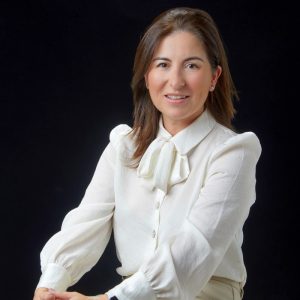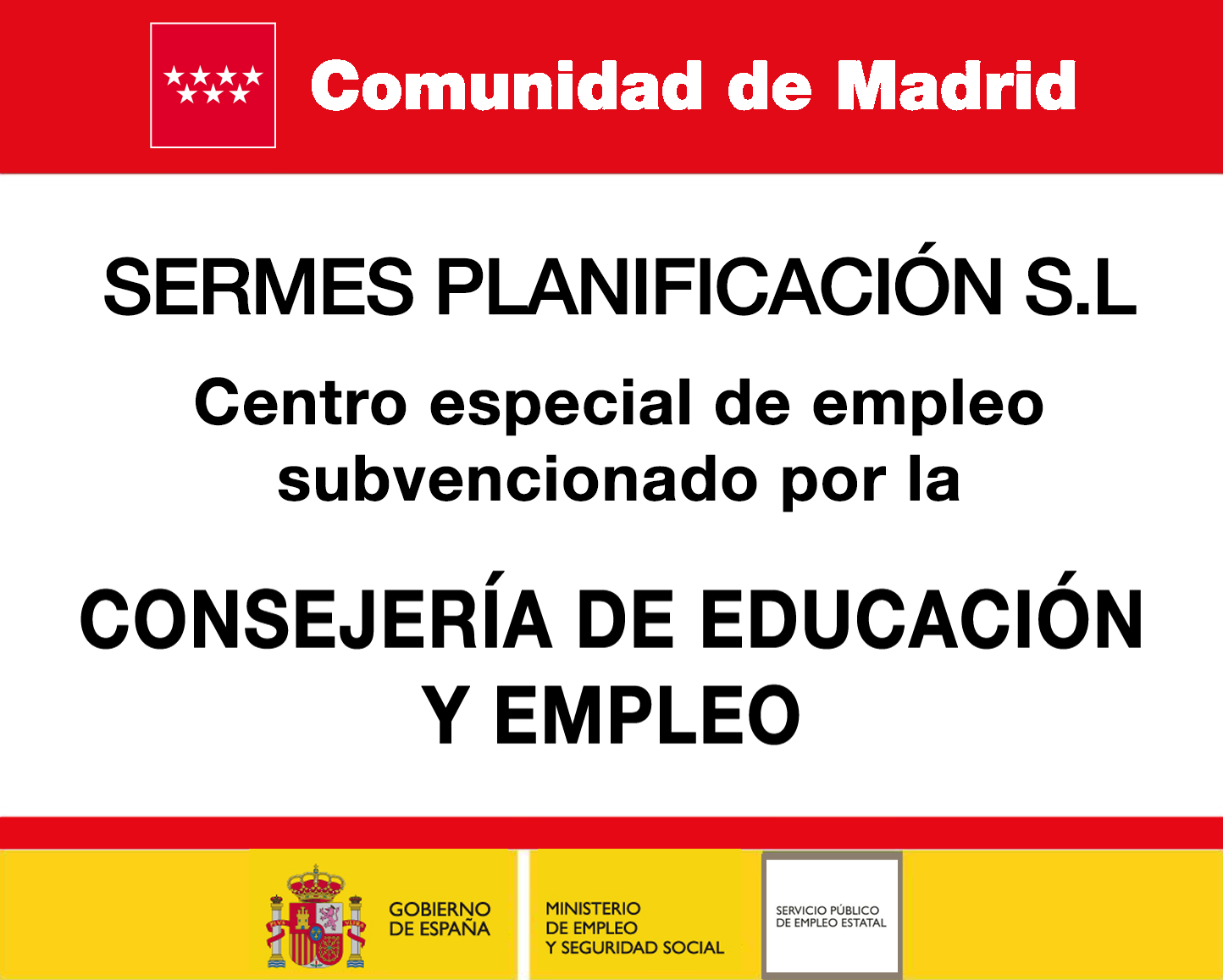
Our Blog
“Advanced Therapies are the medicine of the future”: Mercedes Zurita, researcher and head of the Cell Therapy Unit at Puerta de Hierro Hospital
We interviewed Dr. Mercedes Zurita, researcher at the Puerta de Hierro Hospital and head of the Cell Therapy Unit at this site, the only one in Spain to offer NC1 therapy for patients with spinal cord injury. This novel treatment is the result of a long and successful research in which Sermes CRO has done its bit by contributing during the development of the entire clinical phase and by providing initial funding through the Sermes Foundation for Clinical Research
By Dolores Pérez
Advanced Therapy Unit at Sermes CRO
We interviewed Dr. Mercedes Zurita, researcher at the Puerta de Hierro Hospital and head of the Cell Therapy Unit at this site, the only one in Spain to offer NC1 therapy for patients with spinal cord injury. This novel treatment is the result of a long and successful research in which Sermes CRO has done its bit by contributing during the development of the entire clinical phase and by providing initial funding through the Sermes Foundation for Clinical Research
By Dolores Pérez
Advanced Therapy Unit at Sermes CRO
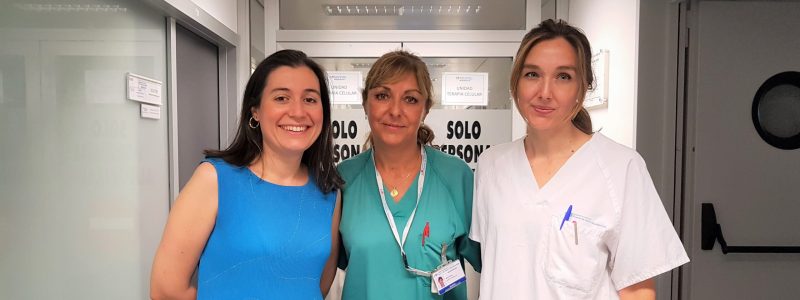
The Cell Therapy Unit of the Hospital Puerta de Hierro Majadahonda is a benchmark in clinical research. Their efforts to develop a cell therapy-based treatment for patients with spinal cord injury have been so successful that what was once a research-only unit has now been transformed into a care service with 87 patients to date.
Dr. Zurita welcomes us at the hospital’s facilities, along with Celia Bonilla, also a researcher at the Cell Therapy Unit. The name of Dr. Jesús Vaquero, the driving force behind this research since its inception, comes up frequently in conversation. Sadly deceased in 2019 due to Covid, his dedication to this research and his eagerness to achieve a targeted therapy for patients with spinal cord injuries continue to deserve the admiration of the team that today manages the unit and, of course, of the entire Sermes CRO team.
The NC1 treatment, the first non-industrially manufactured advanced therapy medicinal product approved in Spain, has been developed entirely by your unit.
That’s right. The Cell Therapy Unit of the Puerta de Hierro Hospital was born out of pure clinical research and has now been transformed into a healthcare service. Now the Unit has a dual activity, we continue with our clinical research activity, with other trials, logically in advanced therapies, and we have a major part of healthcare activity. This was born as a result of being able to bring to the clinic all the preclinical development of an Advanced Therapy medicinal product, such as the NC1 medicinal product. We are now focused on the application of this healthcare development of NC1 Therapy in patients with spinal cord injury.
What were the beginnings like?
It all began in 2000, with basic research, in search of a treatment for a pathology that at that time had no possibility of treatment from the point of view of medicine, such as chronically established spinal cord injury. In the year 2000, the purely basic studies began to look for an active substance that could really have a therapeutic effect. Over time, we have taken the necessary steps from that purely basic part, preclinical development, lower mammal, upper mammal, until in the year 2019, we managed to get the Spanish Medicines Agency to authorize the medicinal product NC1 as a medicinal product for the treatment of patients.
It was the first authorization.
That’s right, it was the first authorization not only in Spain, but at the European level. At present, we have two authorizations for the use of advanced therapy medicinal products for non-industrial manufacture in Spain. The other is CAR-T ARI 0001, from the Hospital Clinic of Catalonia, but right now for chronic spinal cord injury of traumatic origin we are the only medicinal product authorized under that famous exclusion clause.
Can patients receive treatment exclusively at Puerta de Hierro?
At the moment, yes, because according to the criteria of the authorization of use under which we are regulated, right now the only manufacturing site is Puerta de Hierro, and the holder of that authorization is our manager. But we are hopeful that this will change. The logical trajectory of this type of therapy is that more and more patients will have access to it, and the only way to achieve that is for more and more sites to become accredited for this type of treatment. Right now, we are in a very special situation because we are in the first stage of authorization, where, due to the conditions of the authorization itself, the treatment is limited to Puerta de Hierro, but everyone’s hope is that this will change, and that this medicinal product will be extended to the greatest number of patients. In principle, the hope is that it will be extended to the network of public hospitals in the Community of Madrid and from there to other communities.
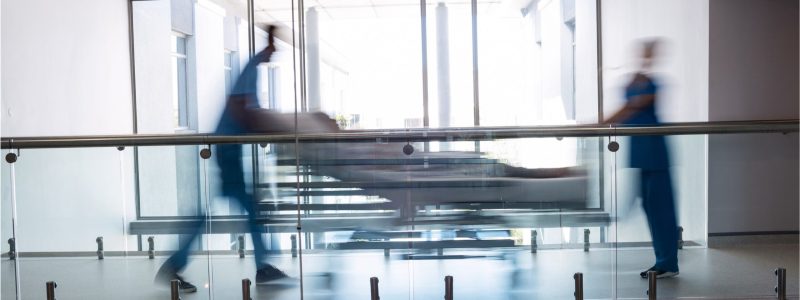
How would you describe Advanced Therapies?
In short, I would say that they are the medicine of the future. Let me explain. The term Advanced Therapy is generally used as a synonym for stem cell therapies, and this is not true. Advanced Therapies are a much broader concept, because they include gene therapy, tissue engineering… What is certain is that it is this new medicine, these new treatments that have been under development at the preclinical level for a long time and which, in a very short time, have turned current medicine upside down. As far as the patient is concerned, these new therapies are currently offering treatment to pathologies that barely 5 or 10 years ago would not have had the possibility of a therapeutic alternative. It is true that we must be cautious and that we are at the beginning of an enormous development, but I believe that in a short time great strides have been made.
It is clear that great strides have been made, judging by the course of the NC1.
They are live medicinal products, due to which the conditions and requirements are much more special. It is important to have a little patience because when you implement a therapy in the National Health System, as in this case, it gives the feeling that we have already reached the solution. And I always try to be cautious. This is an important step, both from the scientific point of view and for the patient, but let us look at the case of organ transplants. We have been transplanting organs for more than 50 years and, unfortunately, they are still failing due to chronic rejection. Well, the case we are dealing with is a little bit the same, we are at the beginning of a new medicine. We have come a long way in transplantation, but we still have a long way to go because we still have a lot to learn. We have not yet learned how to avoid rejection.
In Advanced Therapies, we still have a lot to learn from these live medicinal products, both in gene therapy and in cell therapy and tissue engineering. There are still many aspects to be perfected, although we have come a long way.
What we can surely say is that we know it is a safe treatment for the patient. We have learned a lot about safety, we still have a lot to learn about how they work: how to preserve them, how to transport them so that they do not lose their biological characteristics, in other words, we still have those years we have given to organ transplantation to make it a reality. We know that, in terms of medicine, ten, fifteen years of development are very little. That is why we have to give that time and that margin to advanced therapies.
Today we talk about a kidney transplant, a heart transplant, a lung transplant, and we consider it a reality, but it has taken more than fifty years of studies. It seems that sometimes we ask Advanced Therapies for miracles, sometimes possibly due to the fault of the professionals themselves, who are perhaps not very cautious when it comes to issuing results. I always say that even from failures we learn, because we are aware that we are at the beginning. For the moment, we have learned something very good: that it is safe for the patient.
Being clear that the NC1 treatment is safe for patients is a big step forward from a clinical point of view….
Of course! And for us it is a success. For the patient it’s not as big a success as they would like it to be, but in clinical terms it’s a success. A few more years of development are now needed for this success to go hand in hand with greater efficacy. Logically, efficacy has been demonstrated, otherwise we would not be here, but probably not as much as we would all wish for. That is why we need a little bit more time for that safety to be combined with an efficacy that really translates to the patient in terms of a spectacular improvement. And we will get there. I know we will. I’m confident. If we know how to do things…
What does the medicinal product NC1 consist in?
It is an Advanced Therapy medicinal product, which is constituted, like any other medicinal product, by two parts. On the one hand, the active ingredient (which, in this case, are mesenchymal cells from the patient’s own bone marrow stroma; on the other, the excipient, which is made up of part of the patient’s plasma, so that the medicinal product itself is an autologous medicinal product, meaning, it is manufactured from the patient’s own blood and bone marrow, two of the patient’s own raw materials. Its entire development and indication at this time is targeted at the treatment of patients with traumatic spinal cord injury that is chronically established. Meaning, patients who are in a situation, from the neurological point of view, stable. There is no possibility of the patient being able to recover on their own, from the neurological point of view, as may occur in patients who are in an acute phase.
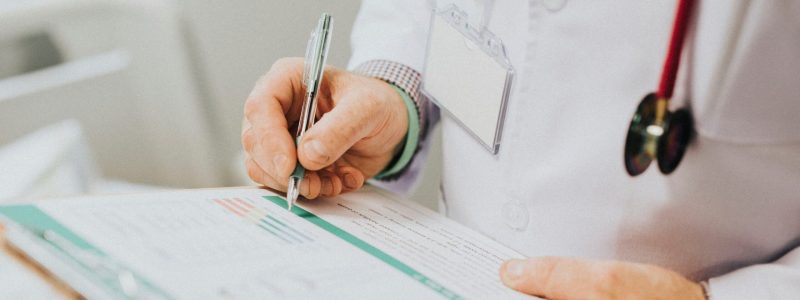
What was the process that led you to make this discovery?
It is easy to understand if you know our origin. This Unit, which today is the Cell Therapy Unit, did not exist as such 20 years ago; it was one of the research lines of the Neurosurgery service. Managed at the time by Dr. Vaquero, it has always been dedicated to the study of spinal cord injury, from its most basic origins. The first steps in this line were the study of the Pathophysiology of Traumatic Spinal Cord Injury. It is very difficult for you to consider developing a treatment for a disease that you do not know. The first thing you consider when you start is to know in depth the pathophysiology of the disease to which you want to target your research and, above all, to develop an experimental model that will allow you to obtain results that later can be extrapolated to the patient. In these cases, you always start with rodents, as this is the simplest model to develop and allows you to start working on possible treatments.
That is to say, that you have been studying spinal cord injury for more than two decades
Indeed, that was our origin, working on spinal cord injury. I am talking about 20 years ago, when we were still in the former Puerta de Hierro facilities. We started in the most basic way, studying the pathophysiology of traumatic spinal cord injury in rodents. We wanted to know what happens when there is a traumatic injury, what mechanism is triggered, what happens when that injury becomes chronic…. I am talking about a time when the general idea within the field of neurosciences was that the nervous system did not regenerate, an injury to the nervous system at that level was considered 100% irreversible.
What is it that made you move forward?
We started from that hypothesis, so the challenge was important. At that time, we thought that we could not give up on this type of patient, we had to give them some alternative because it is not only the loss of neurological function from the motor and sensory point of view in a patient of this type, but also all the added complications: faecal incontinences, urinary incontinences, ulcers, etc. At that time there were studies, very few, but there were some in the literature, and they were all targeted at reconstructing that damage from foetal tissue, peripheral nerve bridges… And those were our origins, we started with foetal tissue. So much so that we started, I can tell you that at that time when the regulatory framework had nothing to do with what we have now, we did an important preclinical study in animals, we presented a part of it to what today is the agency and to the national transplant organization and we received authorization to be able to perform foetal transplants in patients.
What was it like when you were performing foetal tissue transplants?
I spent some time at the Móstoles hospital and there we received authorization to use foetal tissue from therapeutic abortions, either for cardiac or digestive malformations or, at that time, even for HIV. We were there, when there was a therapeutic abortion we took foetal tissue, we took the cortex, foetal neuroblasts, in other words, that is where the beginning of all this began to take shape. That was very complicated from an ethical point of view. At the same time, the concept of adult stem cells was then beginning to be discussed. We had done a lot of work from the point of view of pathophysiology: neuroblast, ependymal cell, pericyte, which is so much talked about now… These are cells that are now considered related to adult stem cells. At that time, the term adult stem cell was already beginning to be used (embryonic stem cells had already been used for some time). It was then that we said to ourselves: there can’t be that much of a difference.
Why did you decide to change the focus at that time?
The results we had had in foetal transplantation in rodents were spectacular, but the complicated performance which was required in the clinic and the ethical complexities, coupled with our intuition about adult stem cells, led us to believe that we could recover functions in this type of patient.
We had to look for something that had the same function as that foetal tissue. That’s when we turned our attention to adult stem cells and got into it.
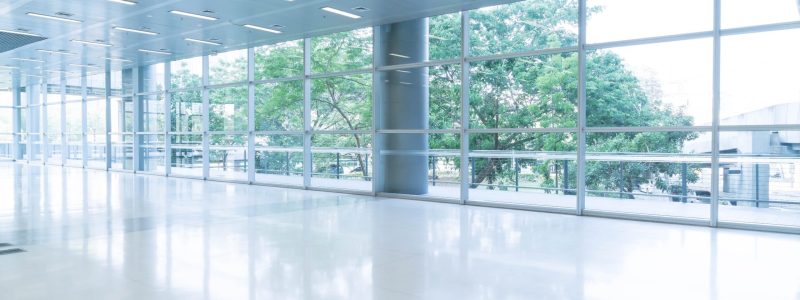
It must have been very exciting to experience those moments…
It was in 2000, which is one of the first basic publications we have. In the Cell Therapy Unit of the hospital, we obtained bone marrow samples from sternum or from hip prosthesis surgery, we went to the operating room when the thoracic surgeons or traumatologists were doing surgery, and we worked with them. That’s where it started. With these first mesenchymal cells isolated and characterized, we decided to do the same as we did with foetal neuroblasts, but with these adult cells. From this we have done a multitude of studies: differentiation, neural differentiation, assessing whether they differentiated not only morphologically from a morphological point of view but also functionally… And when we had some “in vitro” data that we considered adequate, we moved on to the “in vivo” experimental model and that is where our first rodent studies with these adult cells were born.
And the best news is that there are already patients receiving this Advanced Therapy NC1 treatment at Puerta de Hierro. How many are there?
The care pathway to reach us is a little complex because we take on patients both from the Community of Madrid and from outside the Community. In the unit we do not decide which patients are going to receive treatment, but rather it is decided by a multidisciplinary committee.
At the moment we have more than 80 patients who are already in what we call the care pathway, obviously in different stages of the programme. It is true that those patients who have received full treatment have been on a short follow-up period. Once the patient enters the treatment, apart from receiving the two doses of the NC1 medicinal product, the patient follows a 36-month programme. They are assessed by several hospital services. At the moment we have some patients who have already passed the first 6-month check-up. The rest are either pending the first check-up or are in other phases of the programme, but with little assessment time.
How are the results in these eight patients?
We cannot disclose the results, they will form part of the report that is sent to the AEMPS annually and it will be up to the Hospital to decide when to make them public. The patient does not follow the same procedure as when participating in a clinical trial, where the principal investigator is collecting all the patient’s data. This works in a different way. For example, we in the Cell Therapy Unit only have access to our forms, and it is our responsibility to record everything related to obtaining the biological starting materials (blood and bone marrow) as well as the rest of the aspects related to the manufacture of the NC1 medicinal product. The patient then goes to the Urology Service, which uses their own forms, the Rehabilitation Service, Haematology, Anaesthesia, etc. Every year these results are integrated, and an annual report is issued by the Clinical Pharmacology Service and sent to the AEMPS, which is one of the agreements we have for authorization of use.
This will be the first year. The medicinal product was authorized in 2019 and then came the pandemic. The program did not start that first year, because it took a long time to set up all the assistance with the Department of Health: it was the first medicinal product, there was no experience, it had to be integrated into the National Health System, pharmaceutical provision, price… It was complicated.
We actually started operating in January of 2021, opening up the patient intake. The first patient to undergo the first bone marrow extraction was in May of 2021. There has not been time for more. This is the first year, in January of 2023, that the first report will be issued to the agency with results from care patients. All the data will be extrapolated from Selene (management program) and that is when the professionals will have complete information.
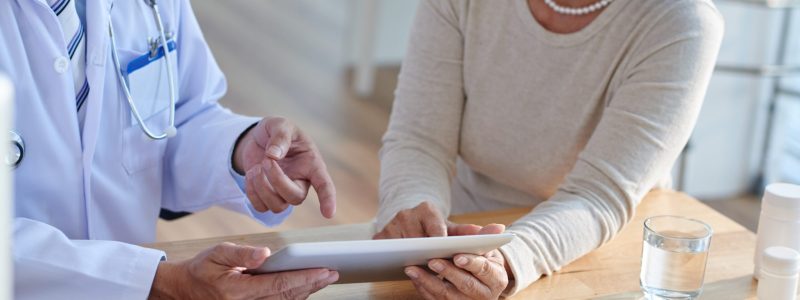
We know that you have also done trials in another indication, namely in Stroke. Do you intend to continue in this line?
It is true that this is an indication that Dr. Vaquero started and was then put on hold. We have activated it in collaboration with the Neurology Service and thanks to the financial grant from the Mapfre Foundation. We have just obtained a grant for this indication, and it is one of the clinical trials that we hope to sign the agreement for in 2022. The whole protocol process will begin, which is already quite advanced, but we hope that if everything goes well, we will be able to launch the trial in 2023.
And then we have another indication within the field of spinal cord injury, which is neuropathic pain in patients with spinal cord injury. This pain is one of the variables with which we have had the most satisfactory results in patients with spinal cord injury. That is why we decided, together with the Pain Unit of our Hospital, to set up a Clinical Trial focusing only on neuropathic pain in patients with spinal cord injury. It will be targeted towards patients who are in a very extreme situation, resistant to any kind of pharmacological therapy and therefore not responding to anything. This trial will hopefully start earlier and hopefully we can at least start recruitment by the end of 2022.
Obtaining funding for research is much more complicated. The image and charisma and the importance in research of Dr Vaquero set the bar very high. With his loss, we have been orphaned at all levels, both personally and professionally. However, we have managed to hold our own and move forward. It is true that both my colleague Celia Bonilla and I spend a lot of time applying for grants and projects because research has to be maintained. The care part is 100% covered by the hospital, but the clinical trials part, like any other team, needs funding. In addition, we do non-commercial clinical trials, where you have a hard time convincing people because there is no profit. We have always done non-commercial clinical trials, we are really the pharmaceutical company. This means that the personnel have to dedicate some time in our working day to the assistance part, which takes up a lot of time, and then the rest is an addition where the team has to collaborate altruistically.
How many professionals make up the unit?
Right now the Unit as such is made up of 9 people. We have a part of the staff that we continue to maintain thanks to the research funds and then there is another 50% who are personnel of the Sermas, otherwise it would be unviable. We are short of hours per day. When the schedules of the health care part are closed, for example, during holidays, we take the opportunity to devote ourselves to research. We always have something to do. This summer we have taken the opportunity to produce two publications…
You know that in Sermes CRO we could not be prouder of the close relationship we have and of having done our bit in your research work, both from the CRO and from our Sermes CRO Foundation for Clinical Research.
We started the clinical research part in 2013, which was when the first trial was initiated, which was CME-LEM1. From that moment on, we started our relationship with Sermes CRO, which is part of us. You have gone hand in hand with us throughout the clinical research journey, but you are still hand in hand with us… And not only as a CRO, but also at the time you were generous enough to support us with part of the funding. Not only were you involved as a CRO in the clinical trial and its monitoring, but we also received all your support with a grant that gave us an important boost in the research. So, how to define it? Sermes CRO is part of us. I always say that without you we might not have made it this far. You have made the road easy for us and we have never had a no for an answer.




